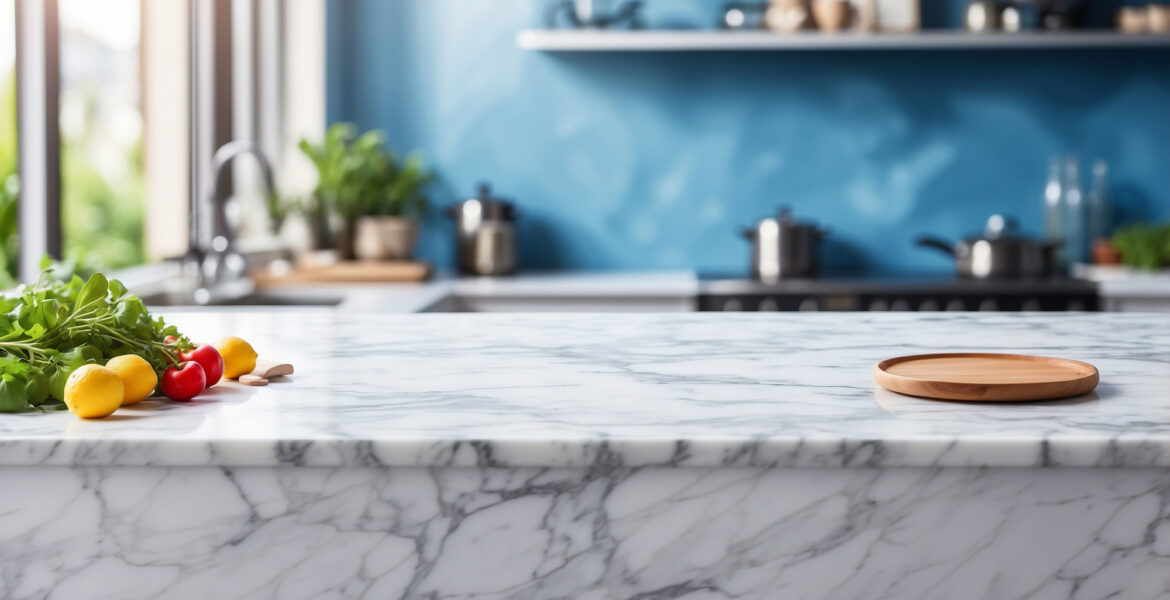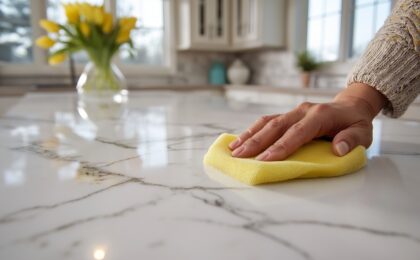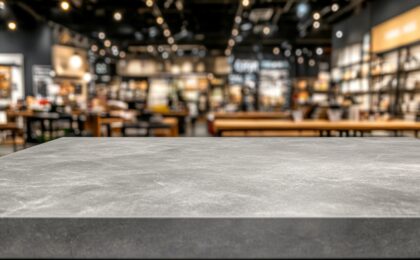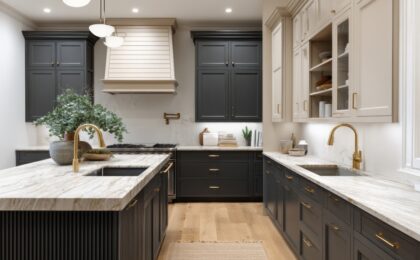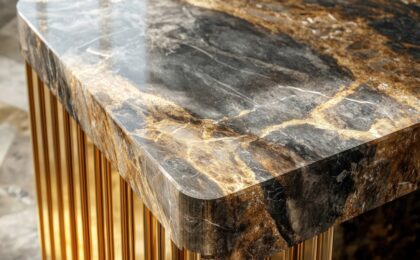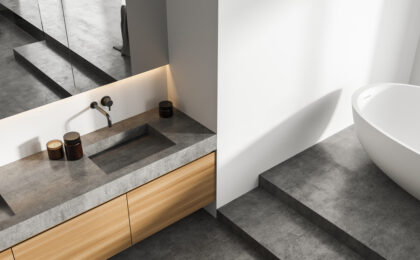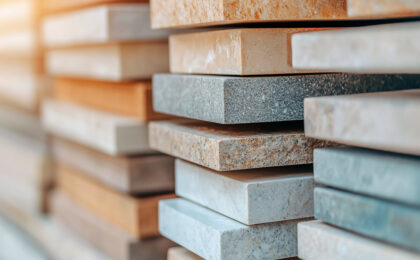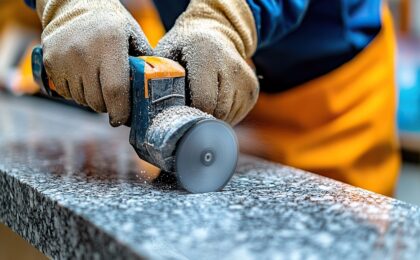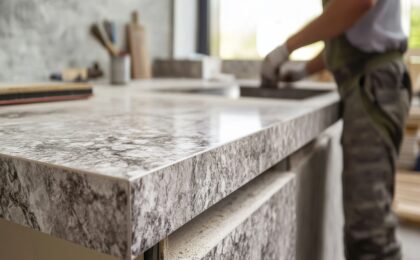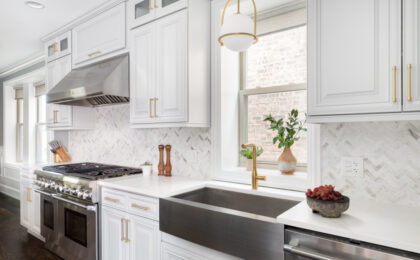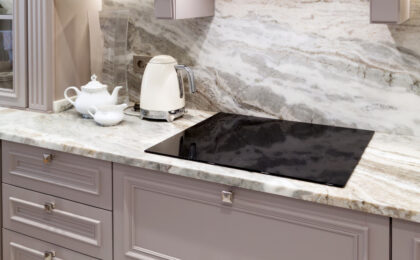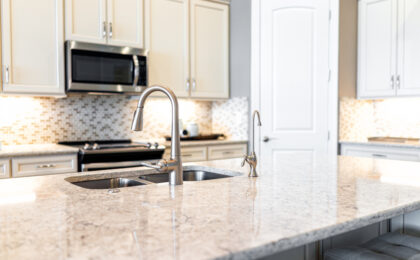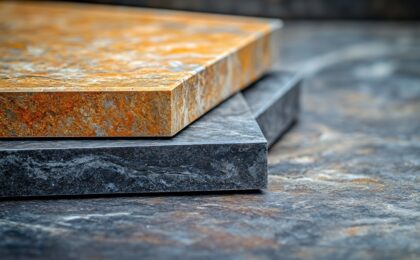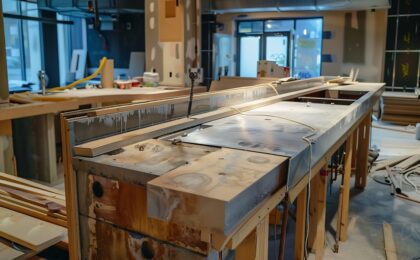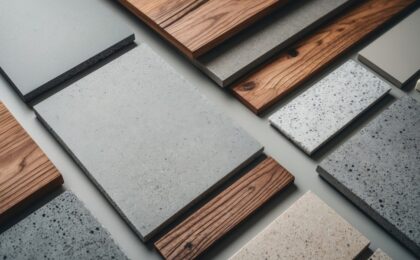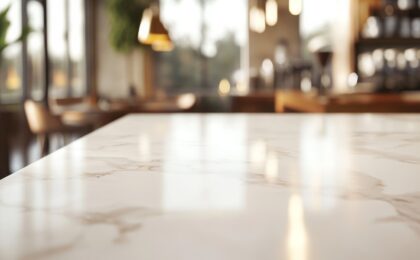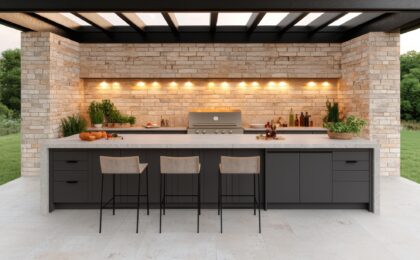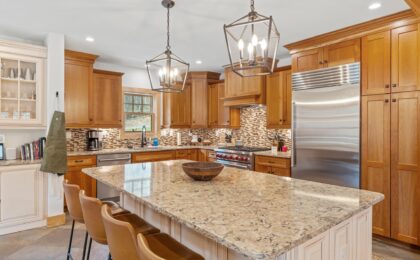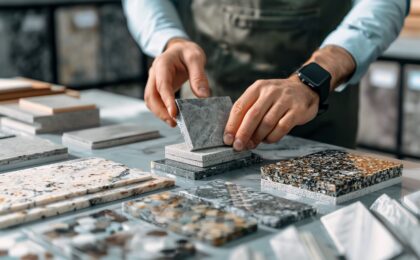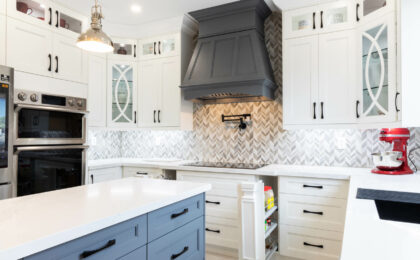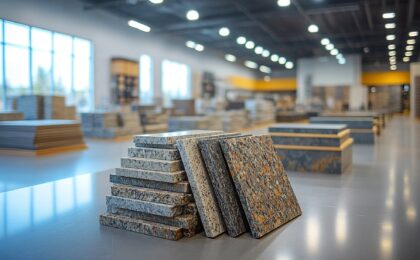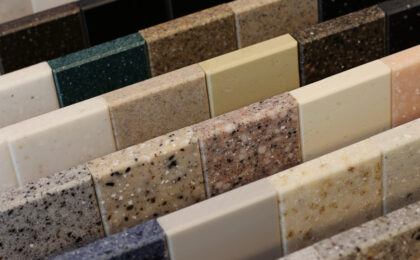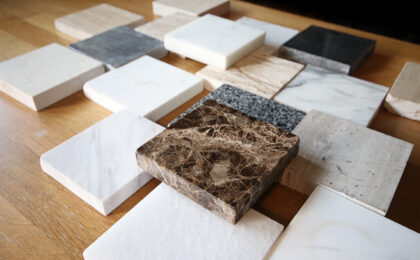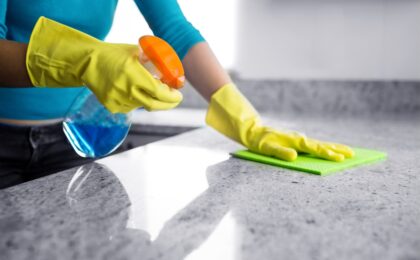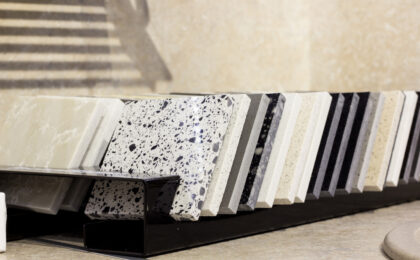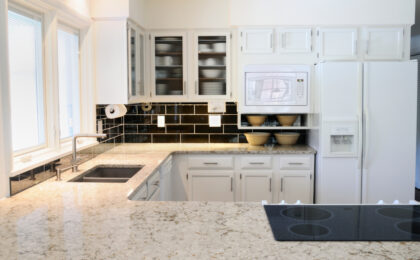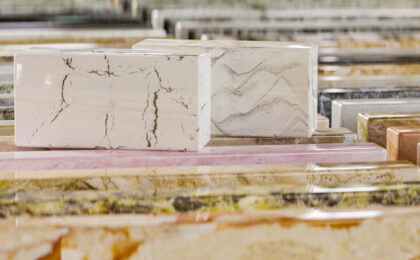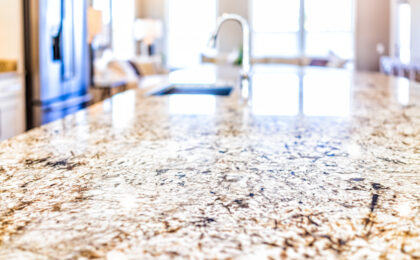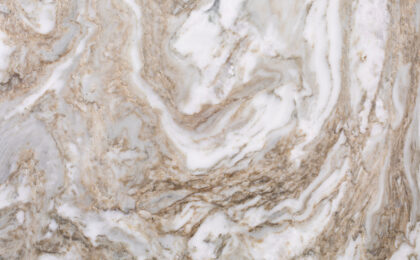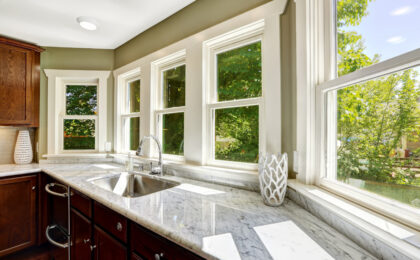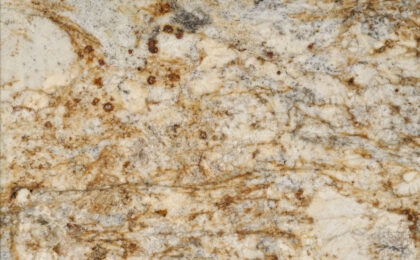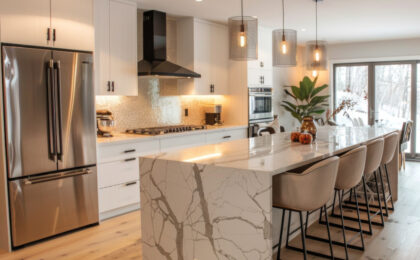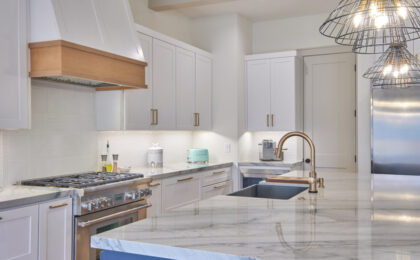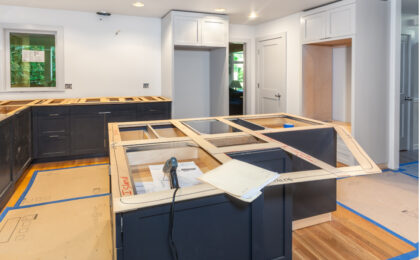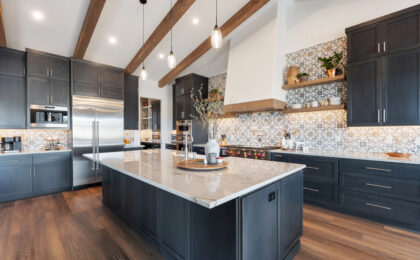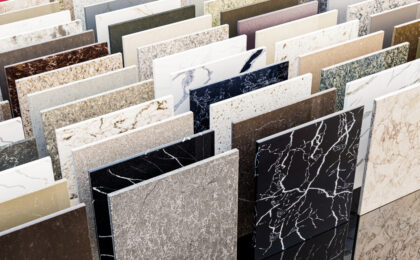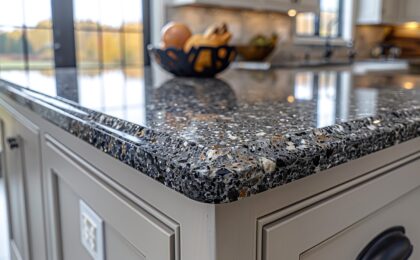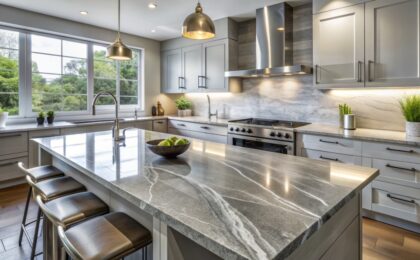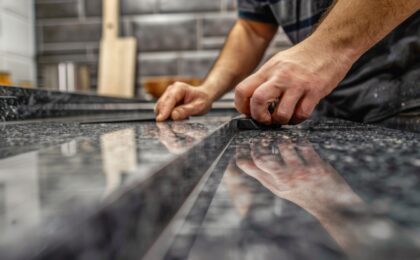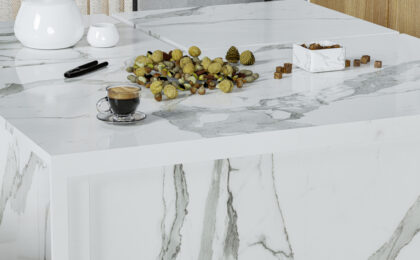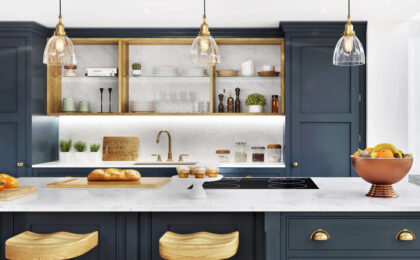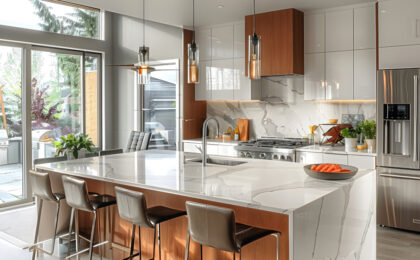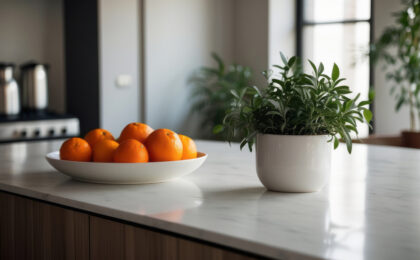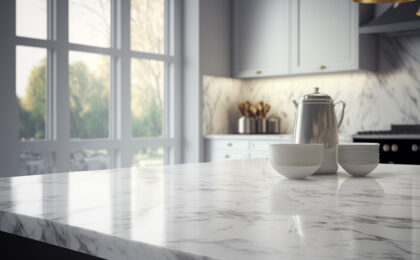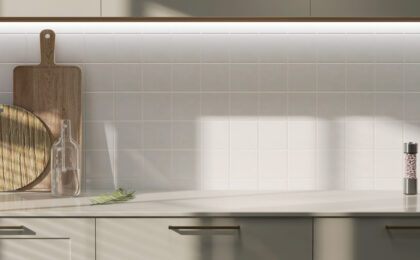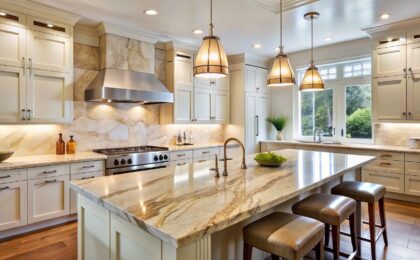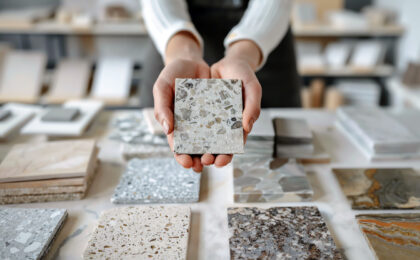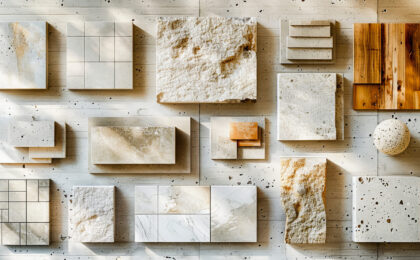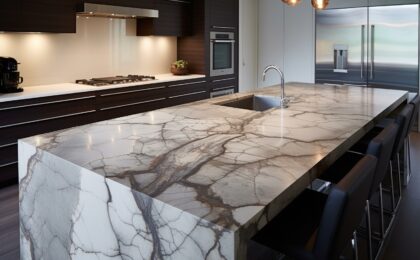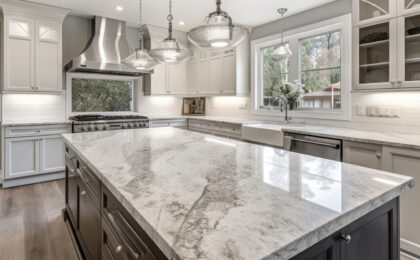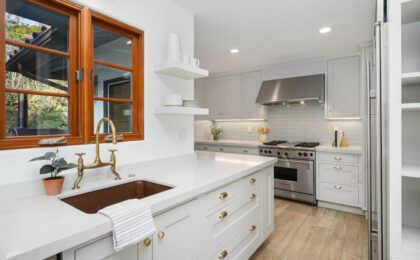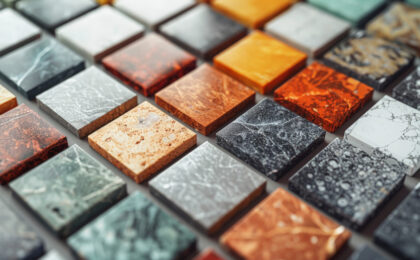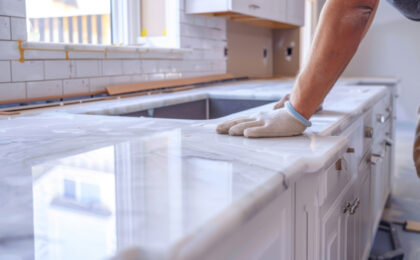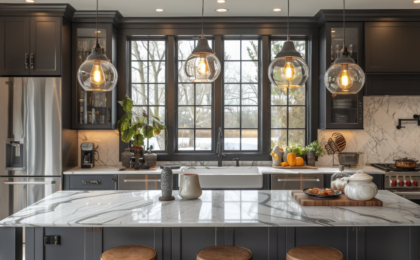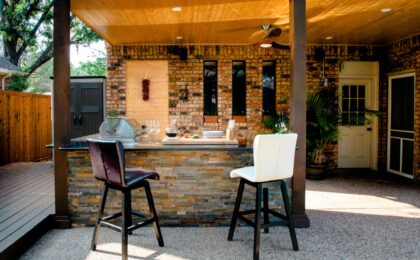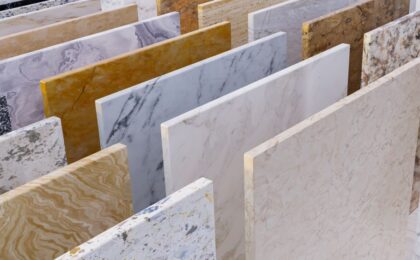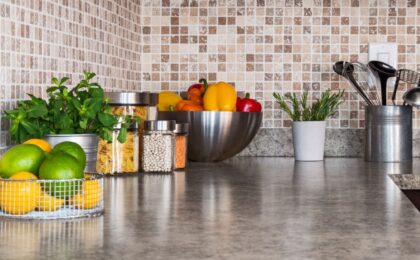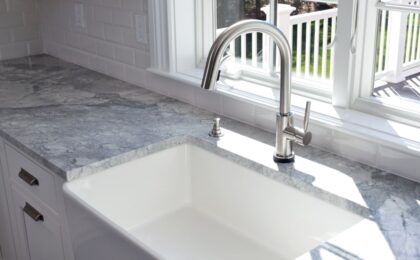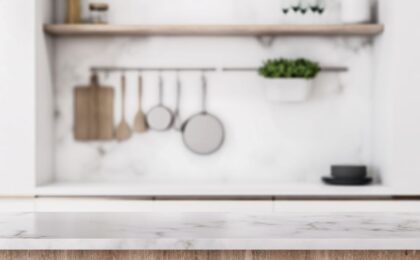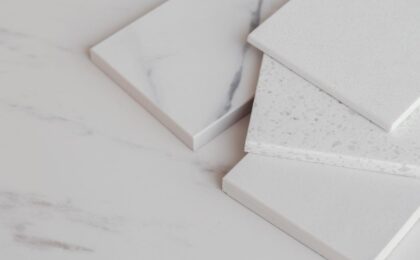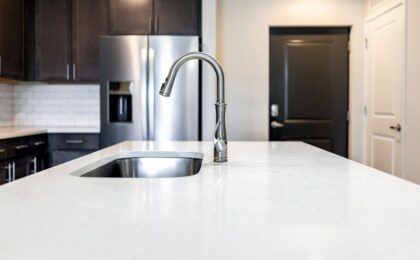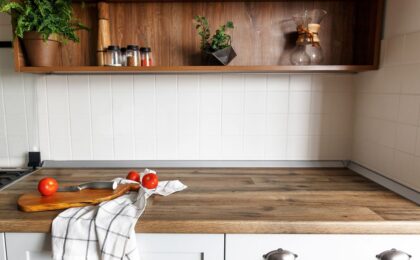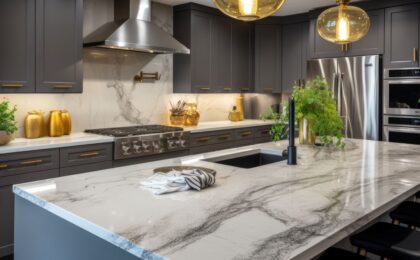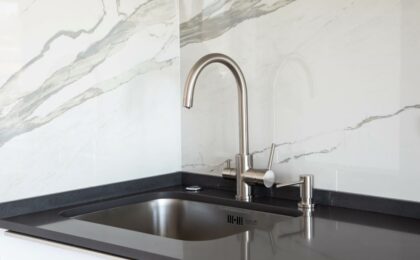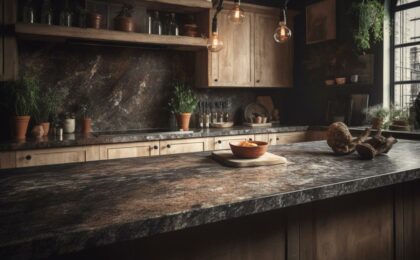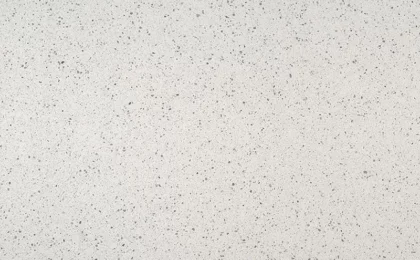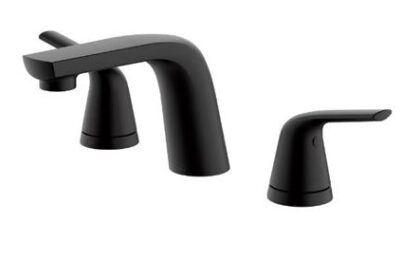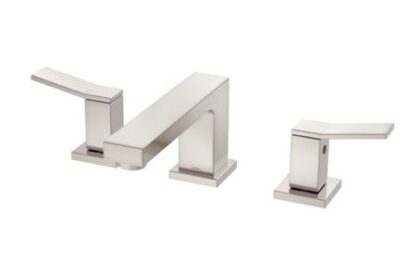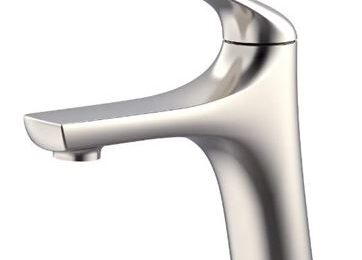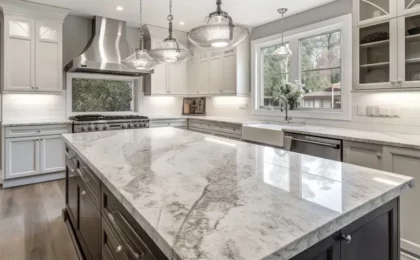As a leading provider of marble countertops in Utah, we take immense pride in everything we sell and install. We recommend that our customers leave installation to our professional team. Our craftsmen have the skill, knowledge, and experience to do the job right. That said, we do work with customers that prefer to install marble countertops themselves.
DIY installation is certainly the customer’s choice – and one we support. Maybe DIY installation is on your mind. If so, at least allow us to offer some industry best practices that could help you safely achieve the installation you are after.
Rule #1: Handle With Care
The first and most important rule for handling marble countertops is to treat them with care. Marble is both heavy and fragile. It is also brittle. Anyone involved in cutting, moving, or placing the countertop should pay attention and be careful. Movements should be slow and purposeful. Nothing should be rushed.
Utilize the Right Equipment
One of the worst things a homeowner could do is attempt to install a marble countertop without the right tools and equipment. Safely cutting a marble slab requires a saw with a diamond edge blade. Angle grinders used to make more precise cuts should also be fitted with diamond pads.
As far as lifting and moving are concerned, suction cups are the right tool. However, they must be strong enough to manage the weight. Given that a marble slab can weigh hundreds of pounds, it is important to have enough suction cups and helpers to safely pick up and move a slab.
Endure Adequate Support
Marble’s weight dictates that there be adequate support underneath a countertop slab. A good rule of thumb is to utilize plywood or MDF substrate directly on top of the cabinets to provide a stable base. If necessary, adding supports to the cabinets will ensure a safe installation that lasts for decades.
It is also important to add reinforcing materials in more vulnerable areas, like cutouts for sink. These are reinforcements that support the slab during handling. They can be removed when the slab is installed.
Be Meticulous About Leveling
A marble countertop that is out of level is not just aesthetically displeasing, it is also susceptible to cracks. Therefore, we recommend being meticulous about leveling. Cabinets should be within 1/8-inch level across 10 feet of surface material to prevent cracks.
Shims can be used for leveling. Wood and plastic are both appropriate. However, the maximum space between shims is just 2 feet. Remember that marble needs plenty of support underneath at.
Always Do a Dry Run
At some point in the installation, you are going to be ready to place your countertops. Before applying any adhesive, do a dry run. In other words, place all the pieces in their correct locations before checking for proper fit and level. Only when you are 100% satisfied that everything is as it should be are you ready to put down adhesive for permanent placement.
The dry run is a step that DIY homeowners might be tempted to skip. After all, marble is heavy and difficult to move. But take it from an experienced countertop provider, doing a dry run is necessary to get things right. Once you lay marble countertops on top of adhesive, your window for making adjustments narrows considerably.
If you are ready to buy new marble countertops, we invite you to visit a Bedrock Quartz showroom. We have a wide selection with options for just about everyone. And remember, you don’t have to install marble countertops yourself. We install everything we sell.
